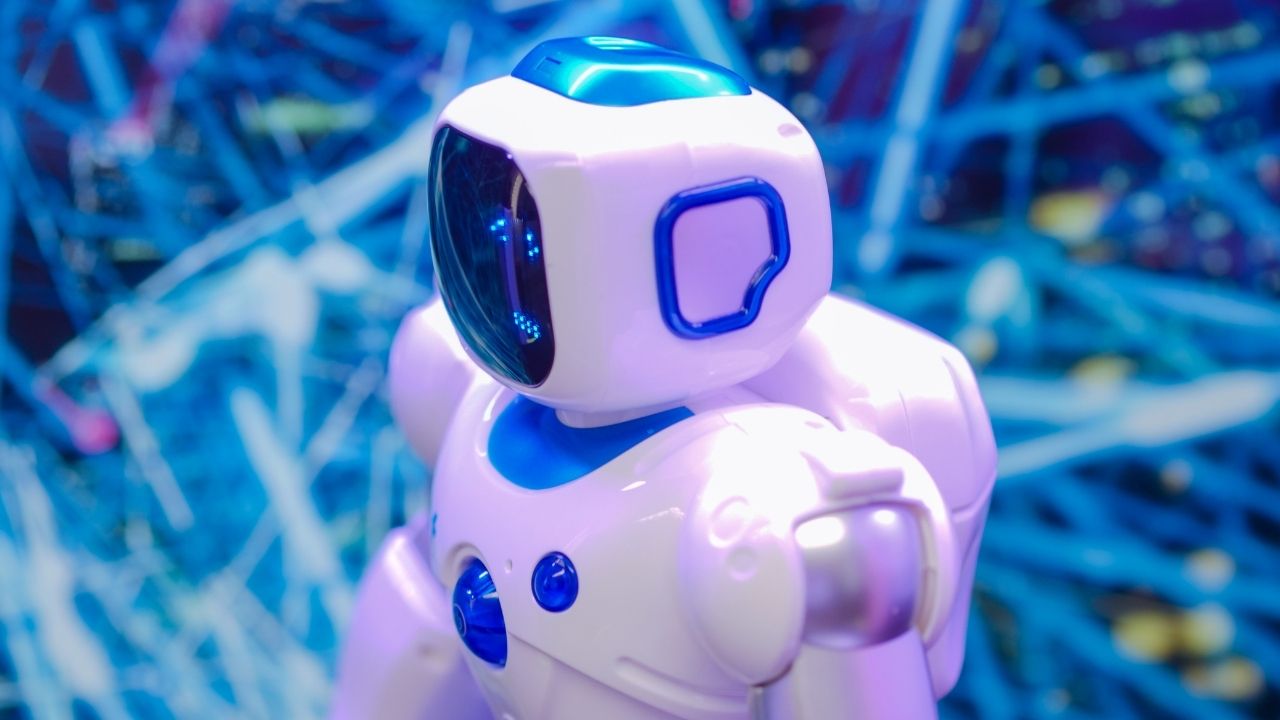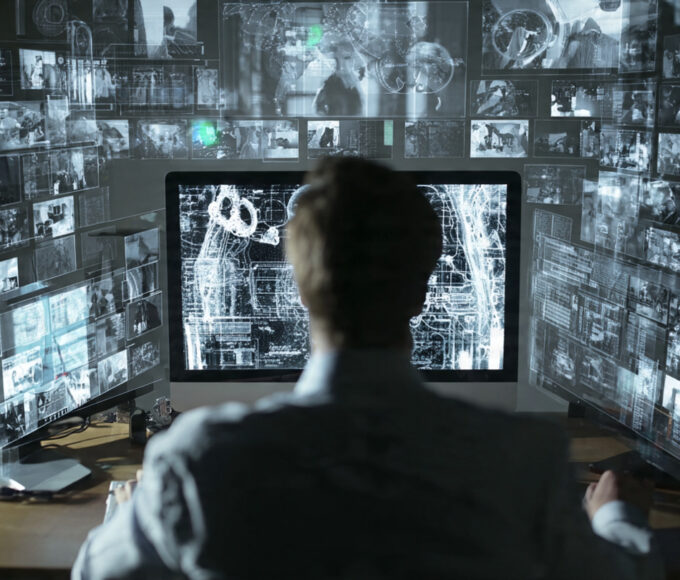By: Mirza Nadir Baig
The advent of Artificial Intelligence (AI) is changing the workplace in every industry, encompassing every occupation, ranging from routine office chores to creative work. Nowadays, what AI is aiding is work culture, teamwork, and innovation.
AI’s Workplace Functions: Overview
Today AI is being used by 80% of organizations and this number is expected to grow well within the next few years. Due to the broad capabilities AI can provide from task automation, data analysis, insight generation, and comprehensive decision making, the efficiency of an organization greatly improves alongside cost reduction and innovation opportunities.
Automation and Office Work
Increased Productivity
Getting rid of repetitive chores: One of the tasks AI performs best is data entry. Also, AI can perform scheduling, email sorting, and document processing. With AI taking care of these mundane tasks an employee can start concentrating on more strategic endeavors, which improves overall workplace productivity and morale.
Improvement of Communication: AI can be utilized to transcribe meetings, perform real time translations, and streamline workflows AI assists in communication, eliminating hurdles in remote collaboration or global team interactions.
Advanced Reports: AI can scan enormous data sets for patterns, prepare reports, perform analysis, and aid in decision making which optimally allows competitive advantages.
Shifting the Workforce Mindset
Novel Occupations and Competencies: With the development of artificial intelligence technology which takes care of repetitive work, we are seeing new work opportunities in AI ethics, training, management, and systems optimization. Reskilling and upskilling is a constant now for every individual due to the evolving professional world.
Improved Human Resource Management: AI is making it easier to forecast employee disengagement, identify burnout drivers, and promote participation which helps enhance the aforementioned organizational employee relations.
Creative Employment: AI Should Be Seen As an Associate and Not a Substitute
Boosting original Ideas
Brainstorming: AI tools can help with brainstorming, suggest new artistic styles, and analyze trends, which provides new possibilities and inspiration.
Manual Task Optimization: AI in marketing, design, and writing is responsible for some of the more mundane tasks such as layout, editing, and content generation, allowing the professional to concentrate on the artistic elements that require human input.
Inventive Works or inventions are increased by the possibility to use intelligence when humans need to rethink or redesign work processes instead of operating the entire task, AI not as a machine but as a partner. Human reasoning and machine calculations yield fantastic results which are unattainable if attempted by one of the parties.

Transforming Creative Work
Removing Constraints: AI has removed the barrier of skills, allowing more people to grab the creative tools of design, music, or content creation without technical skills.
Tailoring Experiences in Marketing, Entertainment, and Education to Scale: With the aid of technology, marketing, entertainment, and education can all be customized and scaled to an individual’s personal preferences.
Industry Challenges and Considerations
Disrupted Workforce
Employee and Job Security: Increased automation due to AI technology has heightened fears surrounding job security, particularly for those employed in monotonous, repetitious, or simplistic roles.
Employee Wellness: The change is accompanied by stress and uncertainty. An organizational investment is needed in transitions through guidance, ethical support, and positive frameworks for sustained assuredness.
Mounting Concerns and Responsibility
Unbiased and Equitable Algorithms: The use of AI in hiring, promotions, and creatively integrating staff into corporate mechanisms poses risk; the systems have to be guarded against unfair use.
Authorized Use of Information: In the course of working with relevant data, employees and customers AI-integrated work will become routine; the use of such data has to be properly and safely kept.

Blended Work Models: The Evolving Role of People
By AI becomes exceedingly embedded into our work, areas that borders repetitive tasks will witness a progressive shift by 2025 and beyond:
- Unparalleled customization and sophisticated decision-making aided by advanced algorithms will command the workforce.
- Task automation coupled with acute human intellect will enforce AI during logistical operations, strategic input will solely be the focus of humans.
- For employees to succeed in a work setting dominated by AI, unremitting flexibility and continued learning will become focal points of essential skills.
- The most thrilling potential is found in the synergy of humans and AI working together, each one amplifying the strengths of the other.
The purpose of AI is not to replace humans, but to enhance our potential, relieve us of repetitive tasks, and allow us to delve into new, creative, and innovative avenues. How we use AI will define the future of work—done with responsibility, ethics, and in a manner that enables people to achieve their full potential.


















Leave a comment